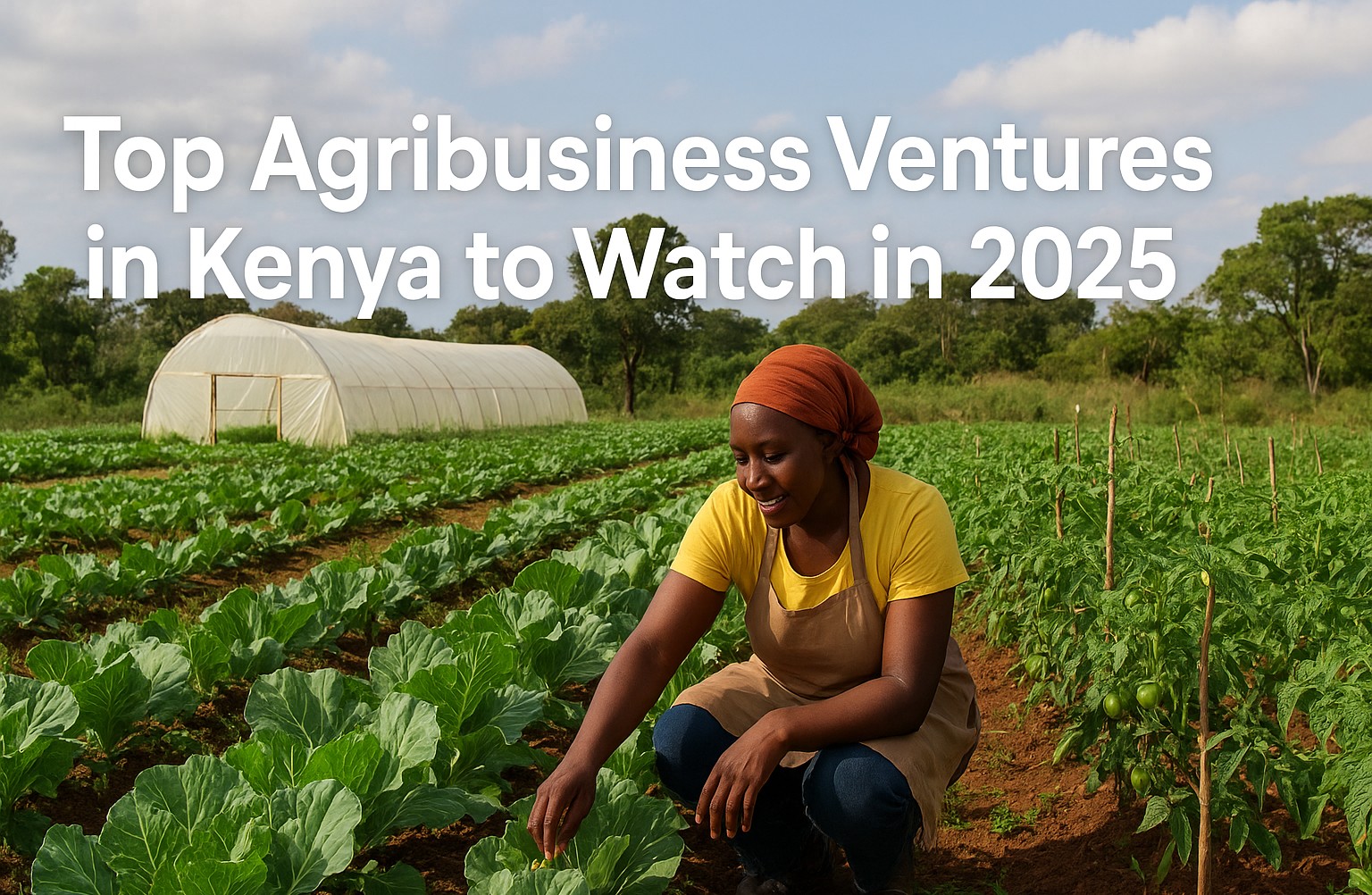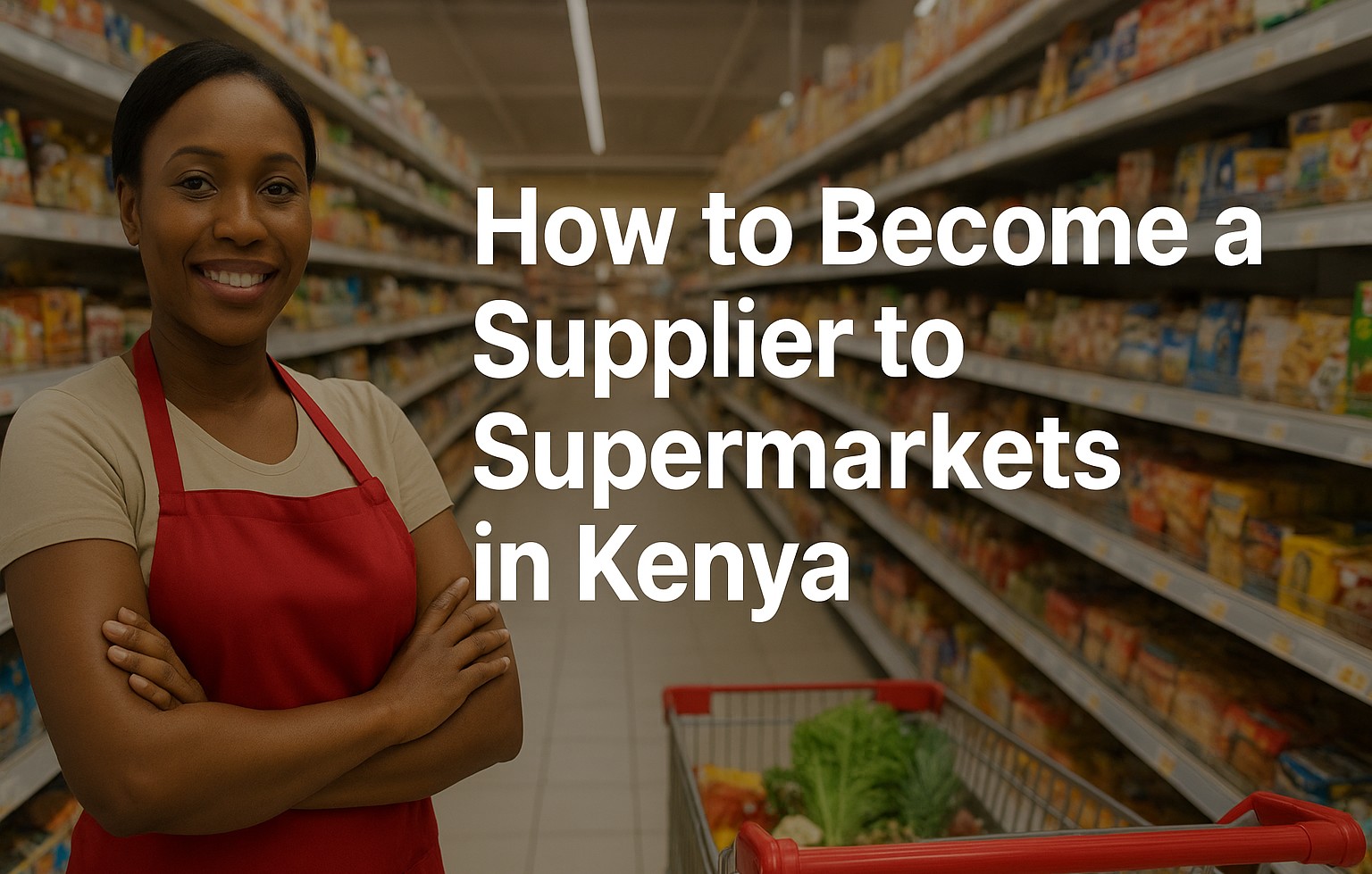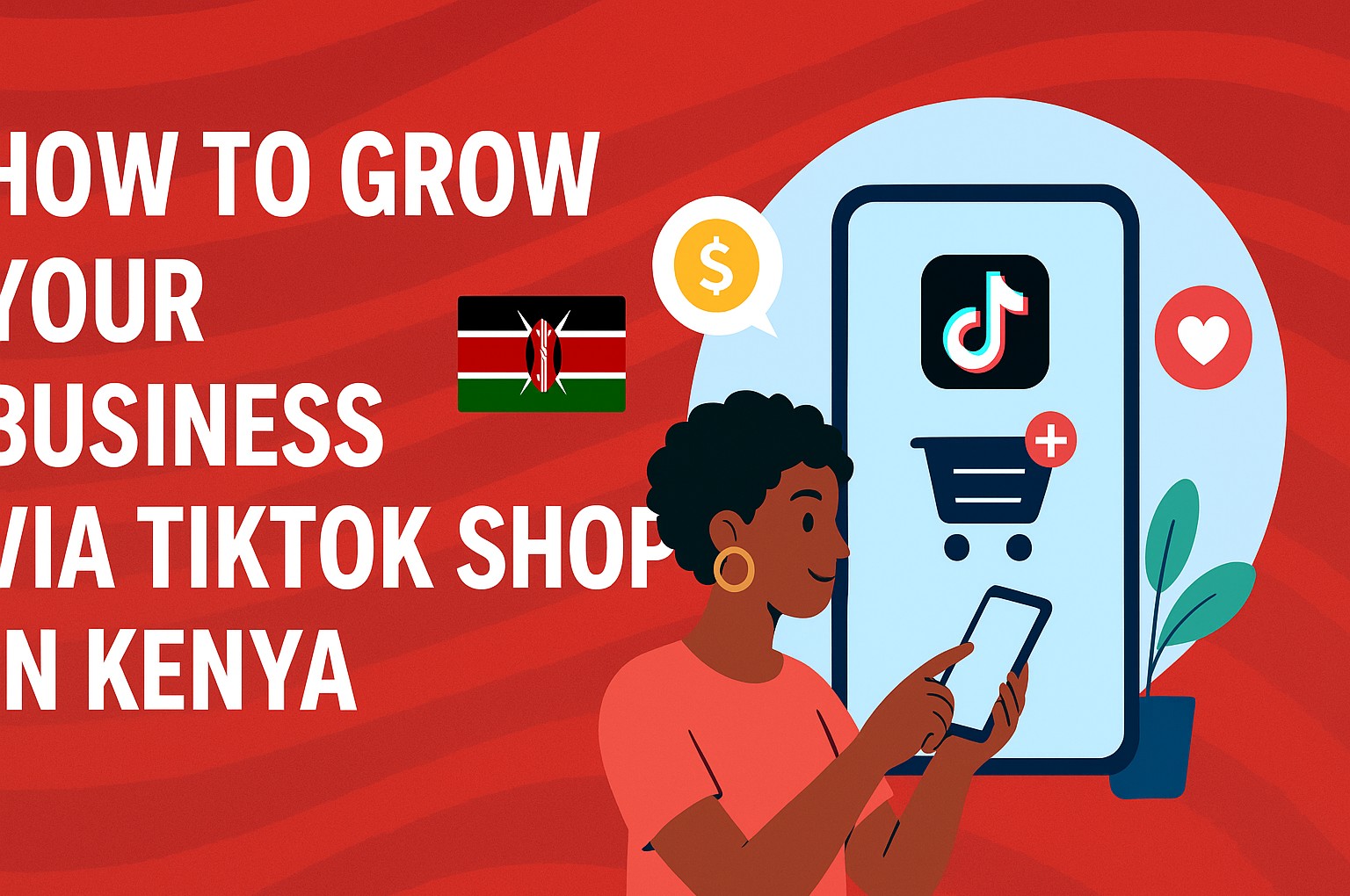

Titus Morebu
Author
Top Agribusiness Ventures in Kenya to Watch in 2025
Explore the most promising agribusiness ventures in Kenya for 2025 — from aquaculture to value addition — and tap into high-growth opportunities today.
Best Agribusiness Ventures to Consider in Kenya in 2025 🌱
Kenya continues to offer fertile ground for agribusiness innovation and growth. As of 2025, agricultural and allied sectors not only remain critical to the economy but also increasingly attract private investment, tech adoption, and export opportunities. Below are some of the top agribusiness ventures to explore — whether you're a smallholder, startup, or serious investor.
Why Agribusiness Remains a Top Bet in Kenya
- Economic engine: Agriculture contributes a significant share of GDP and employs a large part of Kenya’s workforce.
- Export potential: Horticulture, tea, coffee, and niche crops command global markets.
- Value-addition gap: Most produce is exported raw; local processing commands premium margins.
- Tech & climate innovation: The push for climate-smart farming, irrigation, and digital tools is accelerating.
Top Agribusiness Ventures to Launch or Scale in 2025
1. Aquaculture & Fish Farming 🐟
Kenya is underleveraging its water bodies and fish farming potential. Opportunities are strong in:
- Tilapia and catfish farming: Especially in ponds or cages in lakes. Operators are integrating feed production and hatcheries.
- Aquafeed manufacturing: Many fish farmers struggle to source cost-effective, quality feed.
- Value chain services: Smoke drying, cold chain logistics, filleting export packaging.
2. Horticulture & High-Value Vegetables / Herbs
Kenya’s horticultural exports remain among its strongest foreign-exchange earners. Key ventures include:
- Greenhouse farming: Tomatoes, cucumbers, peppers, exotic vegetables — shielding yields from pests and drought.
- Herbs and medicinal plants: Basil, moringa, stevia, hibiscus for tea blends.
- Contract farming for export: Supplying supermarkets abroad with quality-assured produce.
3. Poultry & Alternative Protein Farming
- Egg and broiler chicken: Kienyeji (indigenous) and exotic hybrid breeds for local markets and urban demand.
- Quail, turkey, or guinea fowl: Niche alternatives with lower competition.
- Insect farming: Black soldier fly larvae and crickets for animal feed and protein supplementation.
4. Specialty Crops, Nuts & Oil Seeds
These crops often command higher per-hectare returns and are less saturated:
- Avocado, macadamia, and almonds: High global demand for nuts and healthy oils.
- Sunflower, sesame, and chia: Oilseed and health-food markets.
- Gum arabic, herbs, essential oils: Trade in extracts, teas, and aroma industries.
5. Forestry, Carbon Farming & Agroforestry
These models combine environmental conservation with revenue streams:
- Distributed tree farming: Farmers grow timber or pulp trees; aggregators handle processing.
- Carbon credits: Selling verified emission reductions for reforestation projects.
- Agroforestry integration: Planting trees with crops to improve soil and yield resilience.
6. Seaweed & Coastal Aquatic Farming
Along Kenya’s coast, seaweed farming is gaining traction:
- Raw seaweed cultivation: Easy start-up, low land use; export demand rising.
- Processing into powders, bioplastics, health supplements: Adding value locally.
7. Agritech & Smart Farming Solutions
The future lies in combining tech and agriculture. Business models include:
- Precision agriculture platforms: Drones, satellite analytics, IoT sensors for soil, moisture, pest detection.
- Digital marketplaces: Matching input suppliers, produce buyers, logistics and financing.
- Solar irrigation & energy solutions: Pumping water using solar, powering cold storage, remote sensor hubs.
- Data & advisory services: Weather forecasting, crop planning, agronomic support via mobile apps.
8. Agro-Processing & Value Chain Integration
Raw produce often sells at thin margins. Processing creates added value:
- Fruit juices, jams, dried fruits: Convert seasonal fruits into shelf-stable products.
- Oil extraction: From sunflower, macadamia, coconut, or other nut crops.
- Dairy processing: Yogurt, cheese, milk powder — pushing beyond raw milk supply.
- Grain milling, cassava flour, animal feed: Capturing downstream margins.
How to Choose & Succeed: Key Considerations
🧭 Market & Demand Assessment
Choose crops or products with both local demand and export potential. Analyze commodity pricing, competition, seasonality, and consumer trends.
💧 Water & Climate Resilience
In a climate-vulnerable region, success often lies in irrigation, drought-resistant varieties, water harvesting, and micro-irrigation systems.
💡 Tech & Innovation Adoption
Leverage agri-tech to reduce cost, improve yields, and manage risks. Integrate sensors, digital tools, and precision farming in scalable ways.
🤝 Partnerships & Networks
Collaborate with government programs, NGOs, research institutions, and food buyers. Engage in contract farming or cooperatives to gain market strength.
📦 Logistics & Cold Chain
Losses in transit erode profits. Invest in cold storage, reliable transport, and supply chain coordination.
📋 Regulatory Compliance & Certifications
For export markets, you’ll need compliance (e.g. GlobalGAP, HACCP, ISO). Local regulation, quality standards, and licensing matter too.
🧮 Financial Planning & Risk Management
Create realistic budgets including inputs, labor, capital, and buffers. Use crop insurance and hedging where available. Maintain records and track cost metrics.
2025 Trends That Will Shape Agribusiness in Kenya
- Agroforestry growth: Expected to expand rapidly as a climate-smart practice.
- Low level of irrigation: Only a small percentage of arable land is irrigated — huge potential for innovation there.
- Rising demand for healthy, clean label food: Consumer leaning toward organic, functional foods, niche crop markets.
- Increased financing and investor interest: More funds flowing into agritech and sustainable farming ventures.
Local Examples to Inspire
Look to successes such as Komaza, which supports smallholders in sustainable tree farming, or agritech startups linking farmers to services. Many organizations are catalyzing growth through support programs, innovation coaching, and funding.
Conclusion: Focus, Execution & Scale 🌾
To dominate in 2025, it’s not enough to pick a trending venture — you must combine strategic crop/product selection, market insight, resilient practices, and the smart use of technology. Start lean, validate your model, and scale with partnerships. With right execution, agribusiness in Kenya still holds some of the highest return potentials in Africa.
Gallery

Related Articles
3 articles
How to Become a Supplier to Supermarkets in Kenya – A Step-by-Step Guide 🌟
Learn how to register, pitch, and win supply contracts with Kenyan supermarkets. Step-by-step process, tips, and legal requirements — your roadmap to success.

Best Money-Saving Strategies for Kenyan Small Business Owners
Practical and actionable tips for small business owners in Kenya to cut costs, boost profits, and build resilience in 2025.

How to Grow Your Business via TikTok Shop in Kenya 🚀
Unlock TikTok Shop Kenya strategies to boost sales, visibility and customer trust with proven tactics for 2025 success.